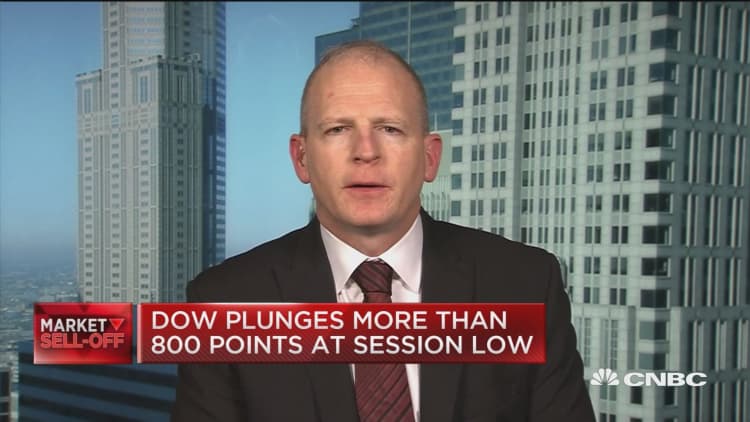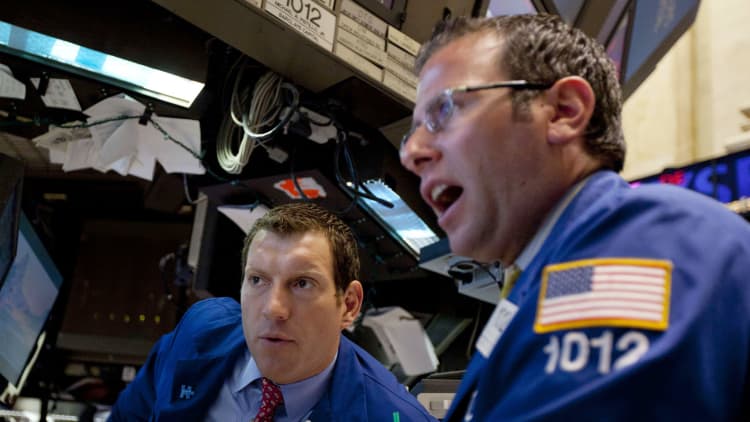
Regional banks dipped into bear market territory Tuesday as long-term interest rates sank amid concerns of waning economic activity and falling inflation expectations.
Shares of SunTrust, Citizens Financial Group, Fifth Third Bancorp and Regions Financial all fell more than 5 percent Tuesday as the yield on the benchmark 30-year Treasury bond dropped 11 basis points and the yield on the 10-year Treasury note fell 8 basis points. PNC Financial also dropped 4.7 percent and was on pace for its worst day since Oct. 12.
Regions Financial, SunTrust Citizens Financial and Capital One all closed at lows not seen in more than one year.
The SPDR S&P Regional Banking ETF lost 5.5 percent and fell into bear market territory, more than 20 percent off its all-time high notched in June. The ETF posted its worst day since June 2016 and Brexit.
Larger banks including Bank of America, Morgan Stanley and Citigroup all dropped more than 4 percent. The SPDR S&P Bank ETF fell 5.2 percent and finished the day less than 1 percent away from bear market territory. Citigroup and Morgan Stanley fell to lows not seen since June 2017.
The latest move in bank stocks came after a portion of the so-called yield curve inverted, a phenomenon characterized by short-term rates that exceed long-term rates.
Banks turn a profit by charging borrowers higher, longer-term interest rates compared with the lower, short-term interest rates they dole out to savers. When the yield curve steepens, banks can take advantage of a bigger spread between the rate at which they borrow money and the rate at which they lend.

Short-term yields, affected by changes in Fed policy, have been anchored in place in recent months as Chairman Jerome Powell led his colleagues in three increases to the overnight lending rate. In contrast, inflation and economic expectations dictate the movement of long-term rates, which have fallen sharply in recent days.
The closely followed difference between the rate on the 2-year Treasury note and the 10-year Treasury note has narrowed but remains positive.


